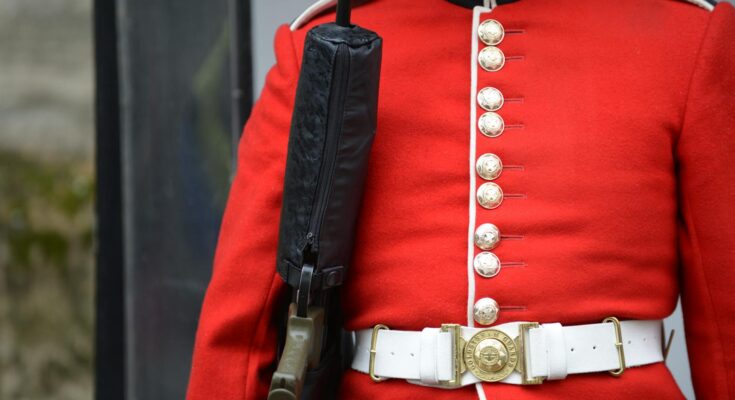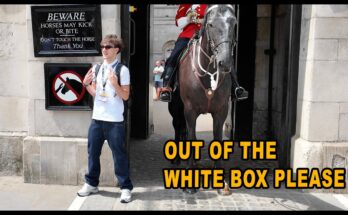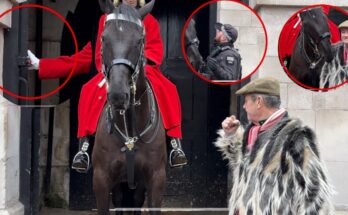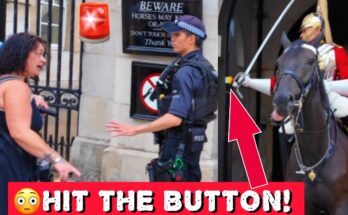The British Monarchy, a symbol of tradition and stability, relies on more than just its rich history. Behind the grandeur and pageantry lies a complex system ensuring the safety and security of the Royal Family. This blog post delves into the fascinating world of guarding the monarchy, exploring the various layers of protection in place.
The History of Royal Protection
Protecting the monarch has a long and storied past, evolving from medieval knights to the highly trained professionals of today. Early methods were rudimentary, relying on personal loyalty and visible displays of force.  The evolution of security measures reflects the changing threats and technological advancements throughout history. From the Yeoman Warders of the Tower of London to the modern Metropolitan Police, the responsibility has always been taken incredibly seriously. Learn more about the Yeoman Warders’ role.
The evolution of security measures reflects the changing threats and technological advancements throughout history. From the Yeoman Warders of the Tower of London to the modern Metropolitan Police, the responsibility has always been taken incredibly seriously. Learn more about the Yeoman Warders’ role.
The Metropolitan Police’s Royal and Specialist Protection Command
At the heart of modern royal protection lies the Royal and Specialist Protection Command (RaSP). This elite unit of the Metropolitan Police is responsible for safeguarding the Royal Family and other high-profile individuals. Officers undergo rigorous training and are highly skilled in various disciplines, including close protection, counter-terrorism, and intelligence gathering. 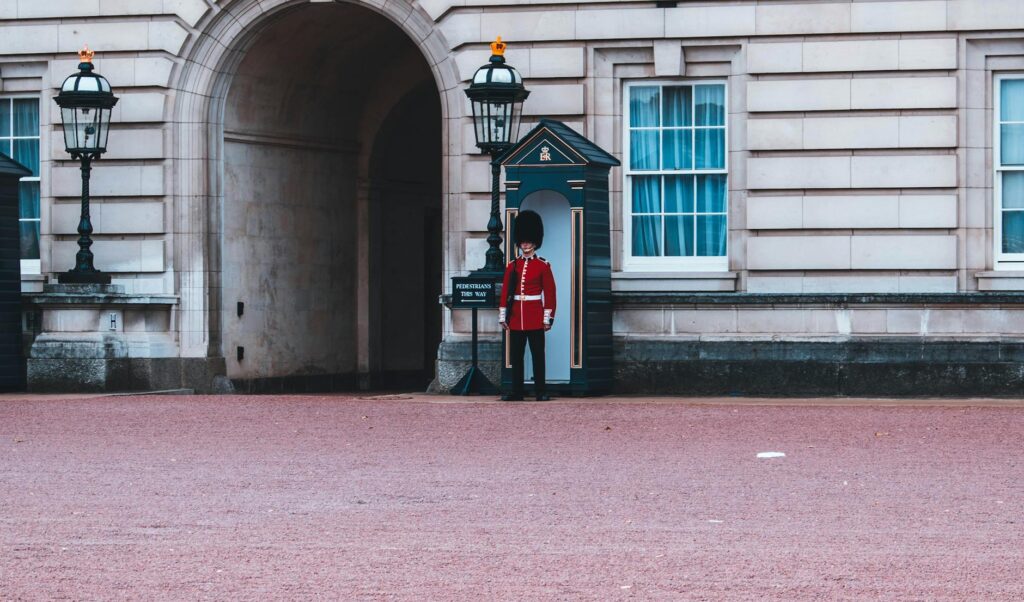 Their dedication and expertise are essential in maintaining the security of the monarchy in an ever-changing world. You can find out more about their work on the official Metropolitan Police website.
Their dedication and expertise are essential in maintaining the security of the monarchy in an ever-changing world. You can find out more about their work on the official Metropolitan Police website.
Technological Advancements in Royal Security
Modern technology plays a crucial role in protecting the Royal Family. Advanced surveillance systems, communication networks, and threat assessment tools are employed to monitor potential risks and ensure a rapid response to any incident. This includes sophisticated security measures at royal residences and during public engagements. [IMAGE_3_HERE] The integration of technology enhances the effectiveness of traditional security protocols, making the overall protection strategy more robust. Discover how technology is transforming security.
The Role of Public Awareness and Cooperation
Protecting the monarchy is not solely the responsibility of the security forces. Public awareness and cooperation play a significant role. Understanding and adhering to security protocols during public appearances contributes to a safer environment for the Royal Family.
Reporting suspicious activities promptly is another vital component of collective security efforts. We can all contribute to maintaining the safety and security of the monarchy by being vigilant and responsible. Learn about the latest security measures here.
Counter-Terrorism and Emergency Preparedness
Given the high profile nature of the Royal Family, counter-terrorism measures are paramount. The security forces work closely with other agencies to mitigate potential threats and develop comprehensive emergency response plans. This involves constant vigilance, intelligence gathering, and rigorous training exercises. [IMAGE_4_HERE] A multi-layered approach, encompassing both proactive and reactive strategies, is essential to neutralize any threats effectively. Find out more on this topic here.
Conclusion
Guarding the Monarchy is a multifaceted undertaking involving a dedicated team of professionals, cutting-edge technology, and public cooperation. The commitment to safety and security is unwavering, ensuring the well-being of the Royal Family amidst an ever-changing landscape of threats. The system is continuously evolving to meet new challenges, maintaining the balance between tradition and modernity.
Frequently Asked Questions
What training do royal protection officers undergo? Royal protection officers undergo extensive and rigorous training, encompassing close protection techniques, counter-terrorism strategies, intelligence gathering, and emergency response protocols. They are highly skilled professionals.
How does technology enhance royal security? Technology plays a critical role, providing advanced surveillance systems, communication networks, threat assessment tools, and rapid response capabilities. It enhances the effectiveness of traditional methods.
What is the role of the public in protecting the monarchy? Public awareness and cooperation are vital. This includes adhering to security protocols during public events, reporting suspicious activities, and maintaining a responsible attitude towards royal security.
Who is ultimately responsible for royal security? The Metropolitan Police’s Royal and Specialist Protection Command (RaSP) bears the primary responsibility, supported by other agencies and technological advancements.
What are some historical methods used to protect the monarchy? Historical methods ranged from personal loyalty and visible displays of force to dedicated guards and fortified residences, evolving significantly over time. Learn more here.
